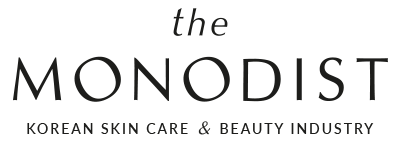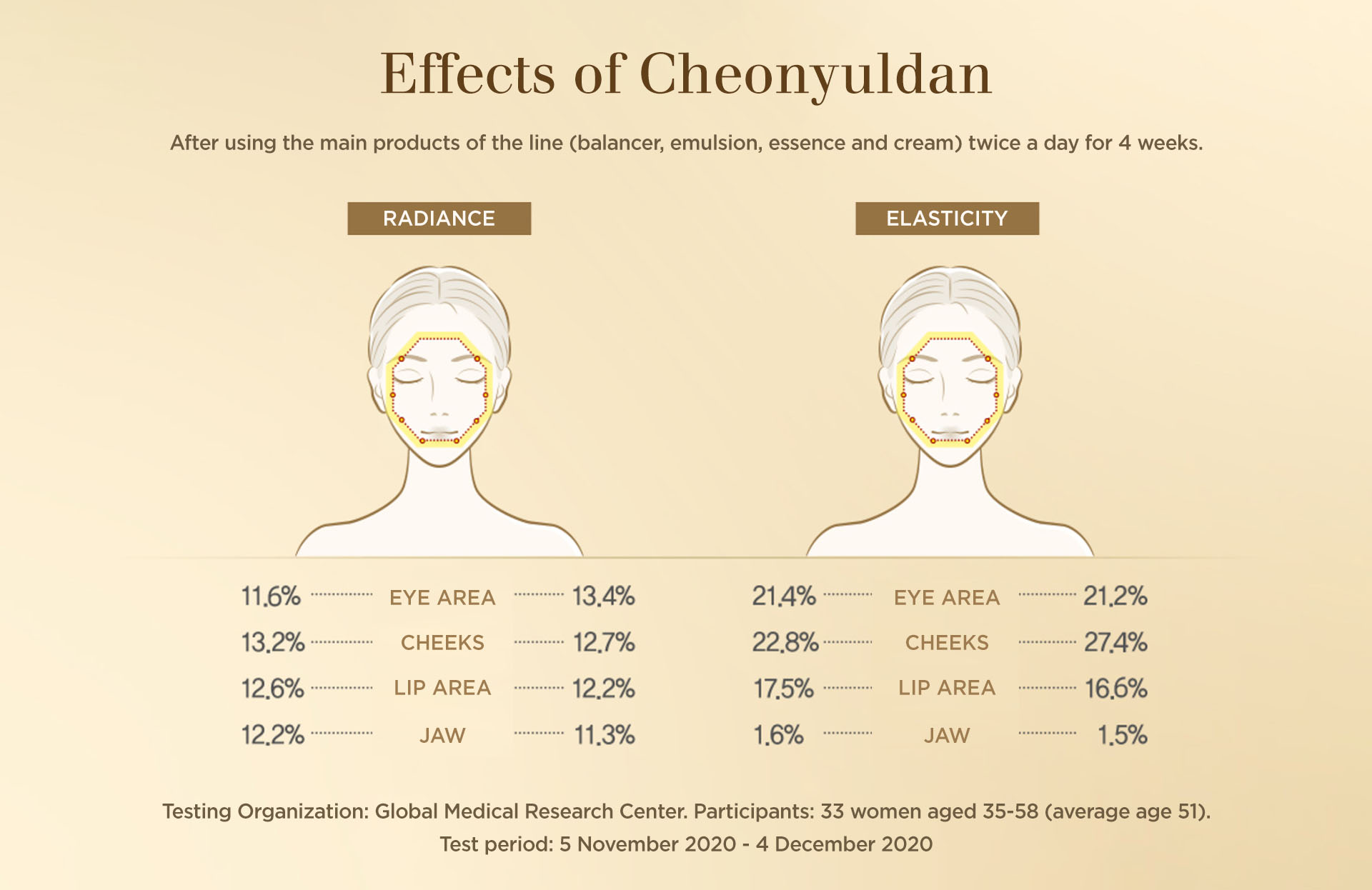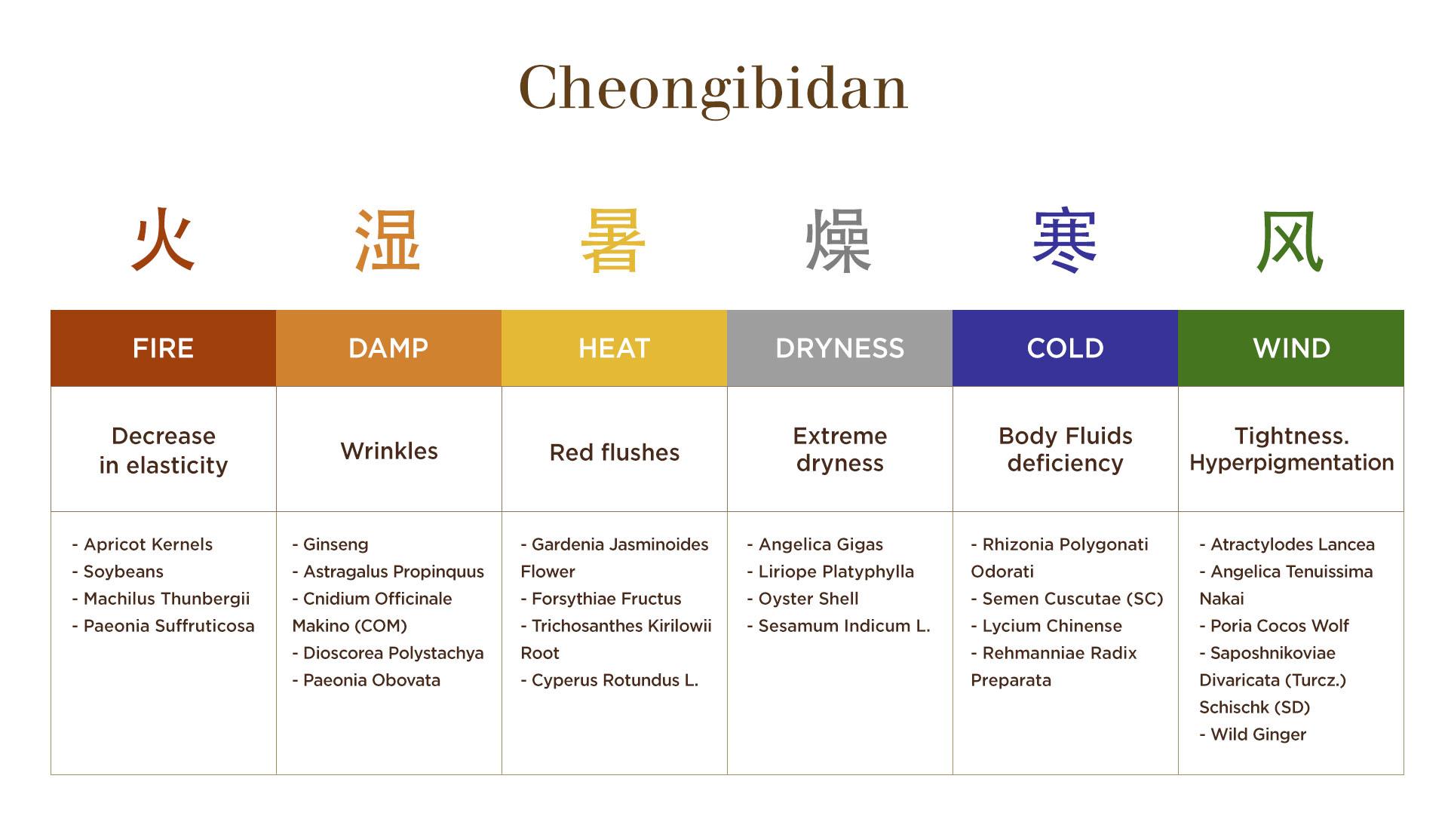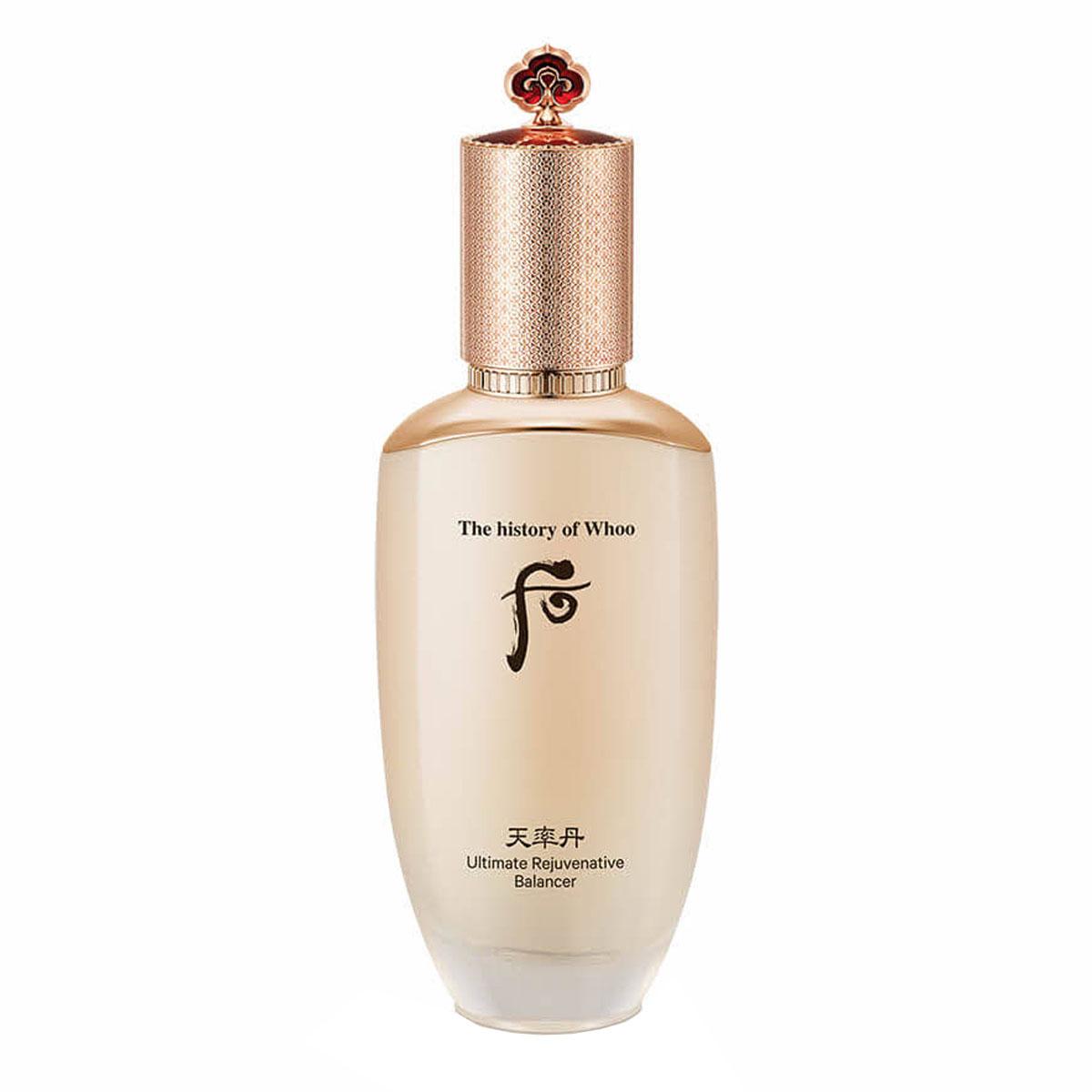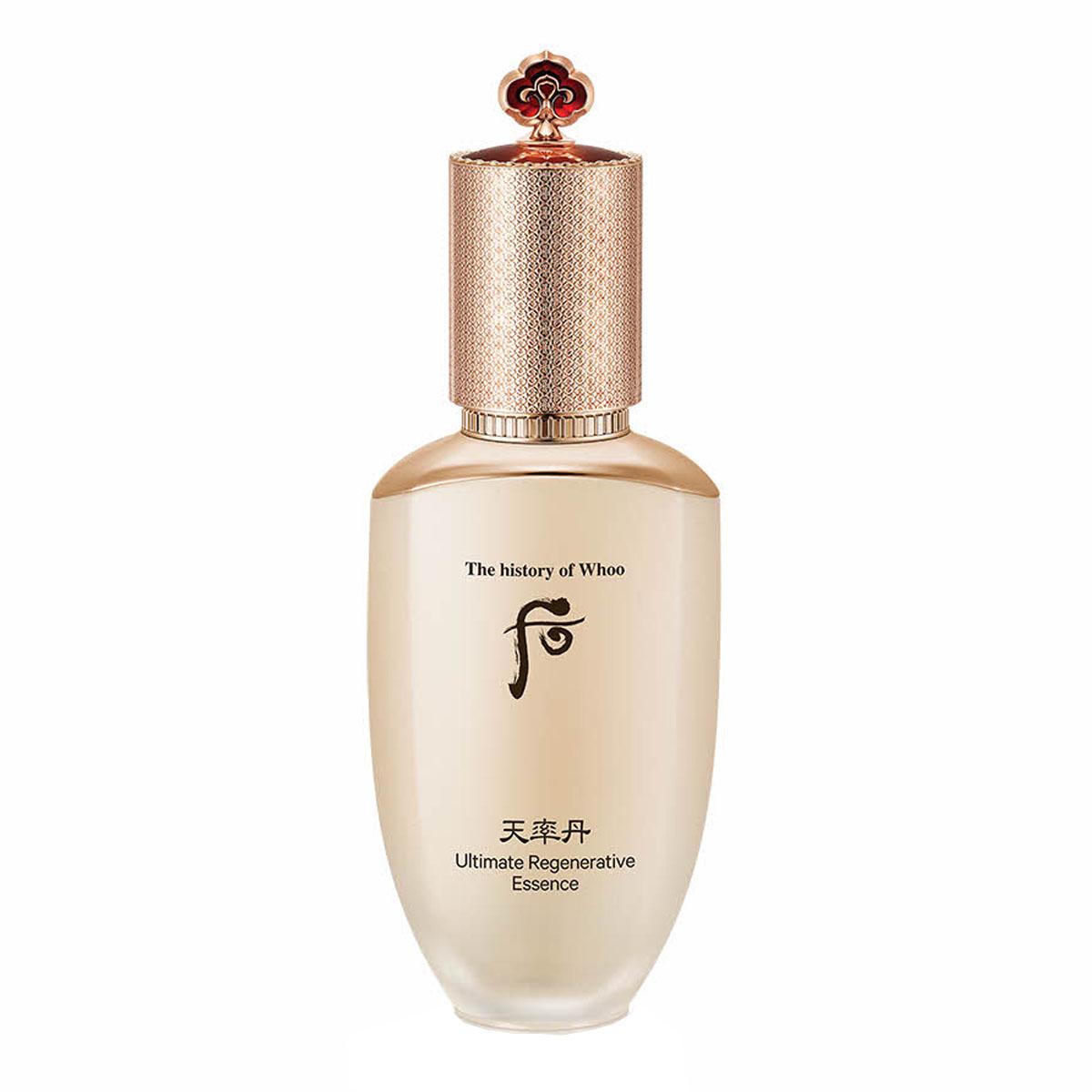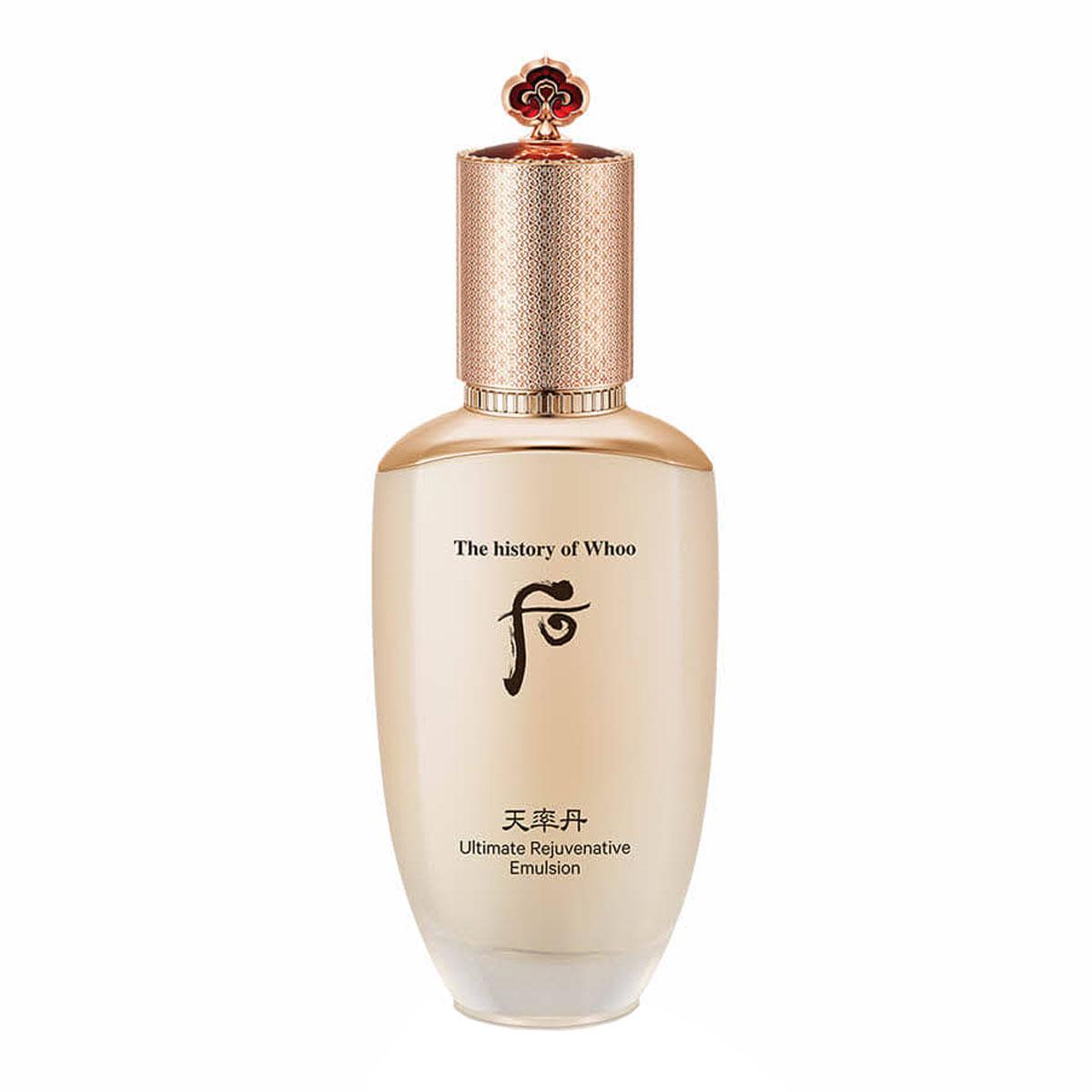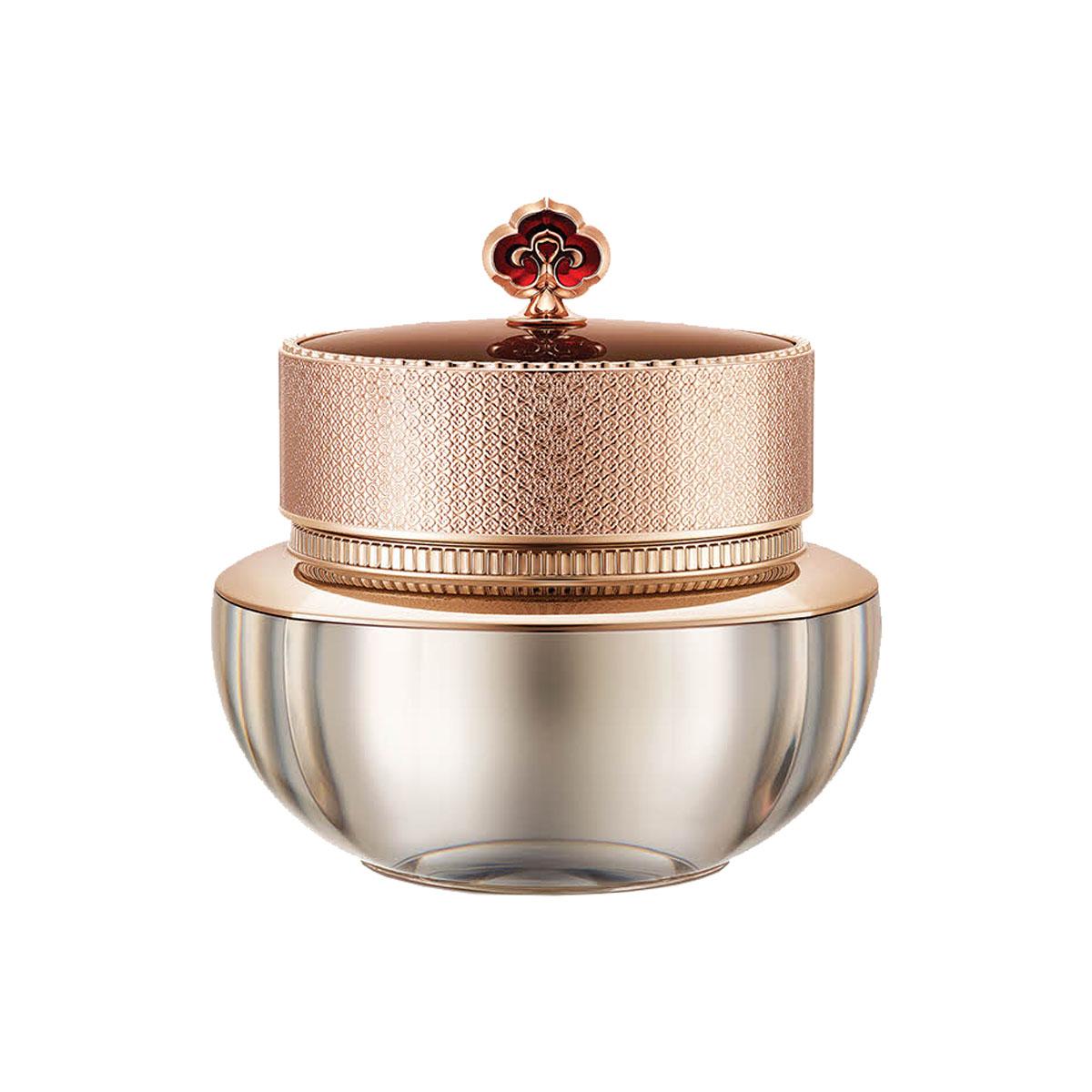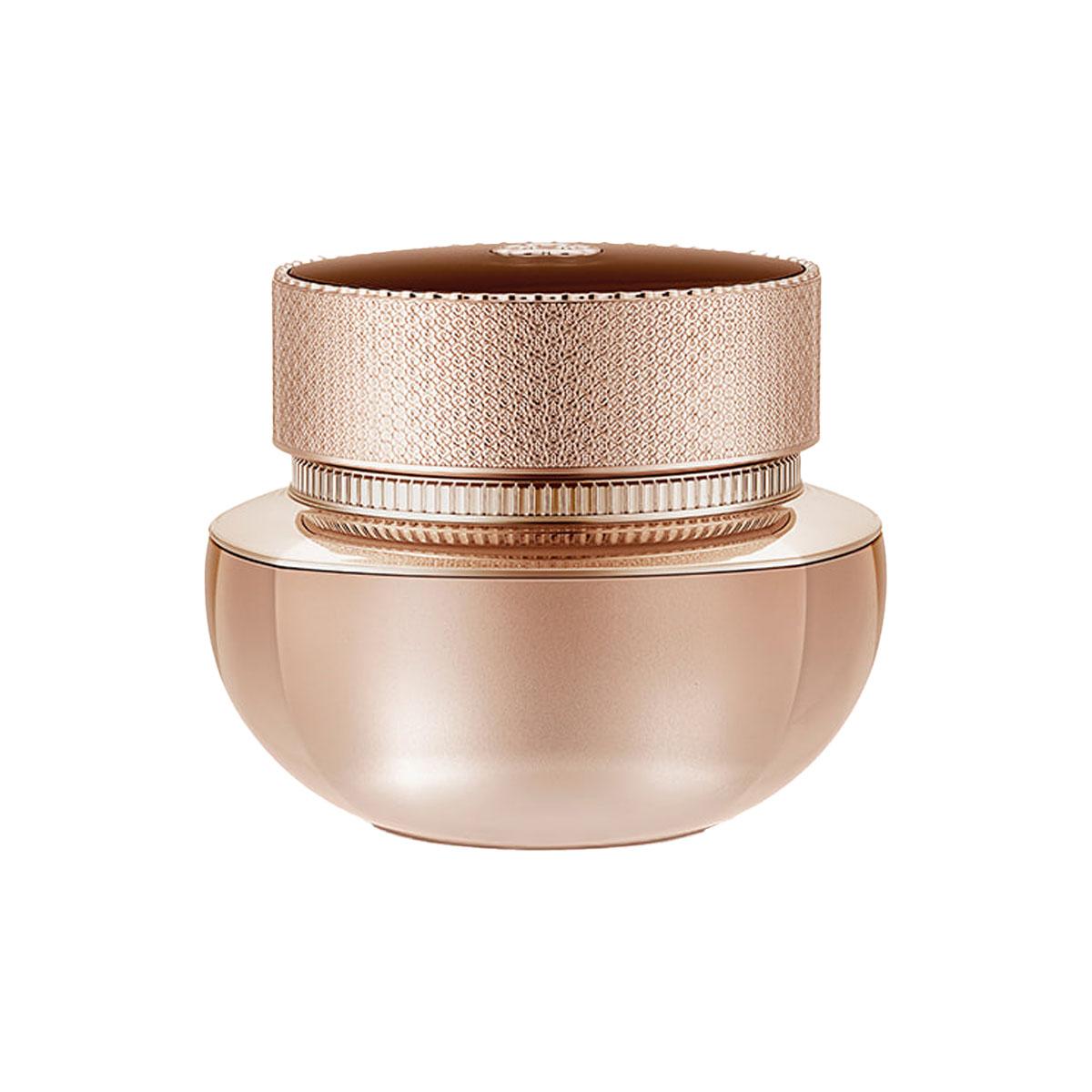The History of Whoo
Cheonyuldan Hwayul Ultimate Rejuvenative line

The History of Whoo’s “Cheonyuldan” (천율단) is a luxury anti-aging skincare designed to address complex signs of aging through a unique multi-action formula. Similarly to the “Cheongidan” line, “Cheonyuldan”presents a contemporary take on the royal beauty beauty secrets of Empress Dowager Cixi from the Qing Dynasty. Compared to the “Cheongidan” line, “Cheonyuldan” offers an even more potent skin-rejuvenating effect, thanks to the incorporation of two exclusive herbal remedies, “Hwayulseokgok Complex™” and “Royal Cheonchohwa™.”
Disclaimer: I personally translated the majority of facts and contents in this article from original Korean sources, so I kindly ask you to credit my work if you’re planning to use any of the information included in this guide.
Many concepts mentioned in this guide are based on Oriental Medicine principles, for a better understanding please refer to the introduction to Traditional Korean Medicine on this website. It’s important to stress out that there is no correspondence between Oriental Medicine organs and Western anatomy so capitalised names in this article shouldn’t be interpreted in the Western medical sense.
⬥ Recommended for:
Main Ingredients
The History of Whoo’s “Cheonyuldan” (천율단) is a potent anti-aging skincare line designed to provide a complete skin rejuvenation treatment by combining three anti-aging actions that target key aspects of skin aging, including skin tone, dryness, and firmness.
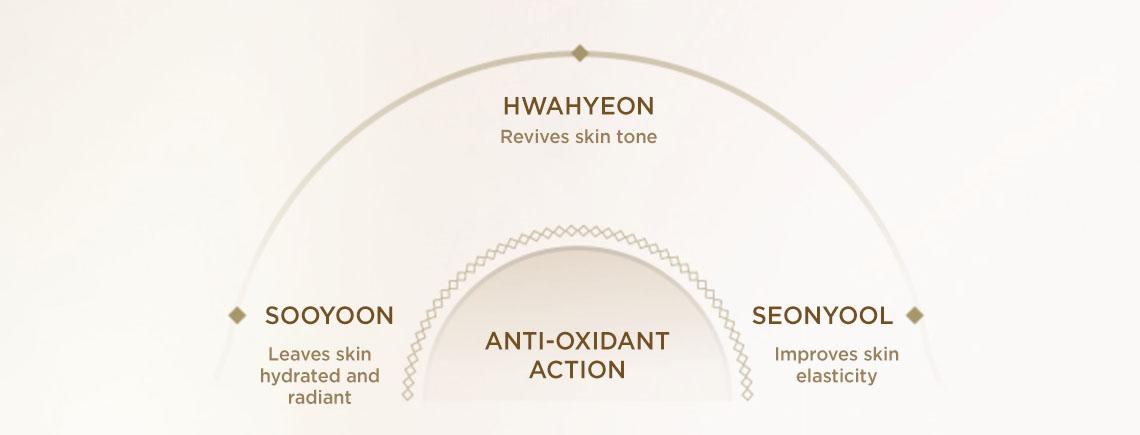
Together, these three actions work in harmony to deliver “Hwayul” skin, a perfectly balanced and radiant complexion.
“Hwayul” (화율, 和率) is a term coined by the brand to describe the synergistic effects of the three key actions provided by the “Cheonyuldan” line. The term combines the Hanja characters 和 (“Hwa”, harmony) and 率 (“Yul”, ratio), evoking the idea of skin that achieves perfect balance and radiance through the optimal harmony of its elements, such as hydration and elasticity.
Similarly, the name of the line, “Cheonyuldan,” reflects this notion of harmonious balance. The name is in fact derived from three Hanja characters:
Together, the name “Cheonyuldan” translates to “herbal preparation for celestial ratio/optimal harmony,” reinforcing the idea of achieving perfectly balanced skin. Specifically, “Cheonyuldan” promises to deliver improved skin firmness and a three-dimensional radiance (“Panoramic Illuminating Lifting Care”).
Tests showed that after consistently using the four main products in the “Cheonyuldan” line (Balancer, Emulsion, Essence, and Cream) twice a day for four weeks, users experienced a 13.3% improvement in skin radiance, along with a 27.4% increase in elasticity.
All products in The History of Whoo’s “Cheonyuldan” line contain three potent herbal remedies based on Traditional Oriental Medicine: “Cheongibidan”, “Hwayulseokgok Complex™,” and “Royal Cheonchohwa™.”.
⬥ Cheongibidan (천기비단, 天氣秘丹)
“Cheongibidan” (천기비단, 天氣秘丹) is a herbal remedy inspired by the beauty rituals of Chinese Empress Dowager Cixi.
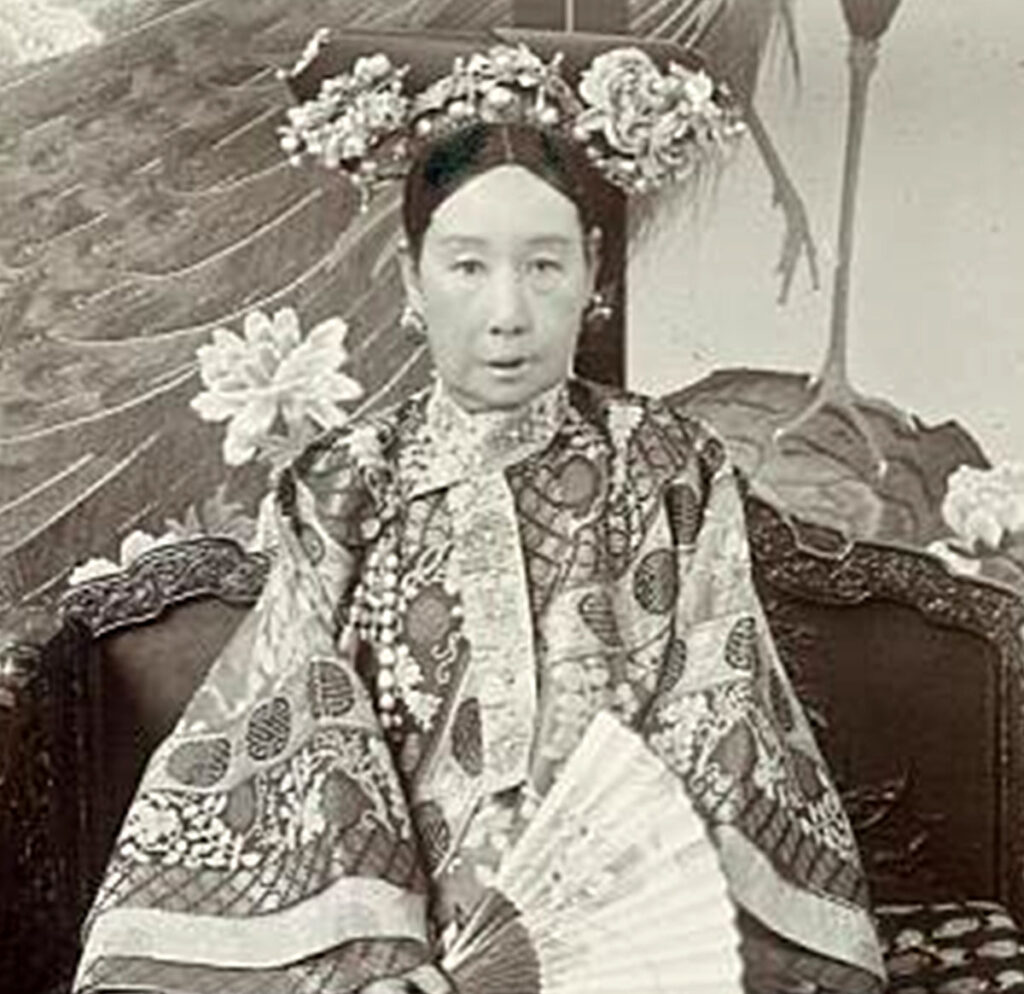
Empress Dowager Cixi was known to have an elaborate beauty routine, which helped her preserve a youthful appearance well into her later years. Katharine Carl, an American portrait painter who spent nine months at the Chinese Imperial Court and became a close friend of the Empress, described Cixi as having a “wonderfully youthful appearance.”1.
When photographs of Empress Cixi in her 70s emerged in the West, they created quite a stir, as they depicted the sovereign with a flawlessly smooth complexion and no visible wrinkles. However, some critics later contended that these official portraits had been retouched to enhance the Empress’s beauty2.
“Cheongibidan” is elaborate blend of 26 premium herbal ingredients, traditionally used by Empress Dowager Cixi to preserve her timeless beauty. The ingredient rejuvenates the skin from the inside out by regulating the flow of the 6 Qi, thereby enhancing the skin’s natural radiance from within.
the theory of the 5 Periods and 6 Qi
In Oriental Medicine, the theory of the 5 Periods and 6 Qi (오운육기, 五運六気) explains how seasonal and climatic variations impact human health. According to the “Advanced Textbook of Traditional Chinese Medicine and Pharmacology”:
“Wind, cold, summer-heat, damp, dryness, and fire are the six climatic factors which correspond to normal seasonal changes. Normally, they are known as the “Six Qi.” (…). The Six Qi normally will not cause diseases. However, if and when the Six Qi become abnormal or excessive, as happens in abrupt changes in environmental conditions, and if the body’s resistance is too weak to adapt to these variations, the Six Qi may become the six excesses: pathogenic factors that cause diseases3.”
Advanced Textbook of Traditional Chinese Medicine and Pharmacology
When the body’s immunity is weakened or compromised, the six environmental forces, known as the “6 Qi”, become injurious by invading the body. In Oriental Medicine, these forces are traditionally referred to as the “Six Pernicious Influences” or “Six Evils.”

In the context of skin aging, the Six Evils manifest through these symptoms:
“Cheongibidan” is formulated in accordance with the principles of the 6 Qi theory to target all these symptoms at once.
⬥ Hwayulseokgok Complex™ (화율석곡 Complex™)
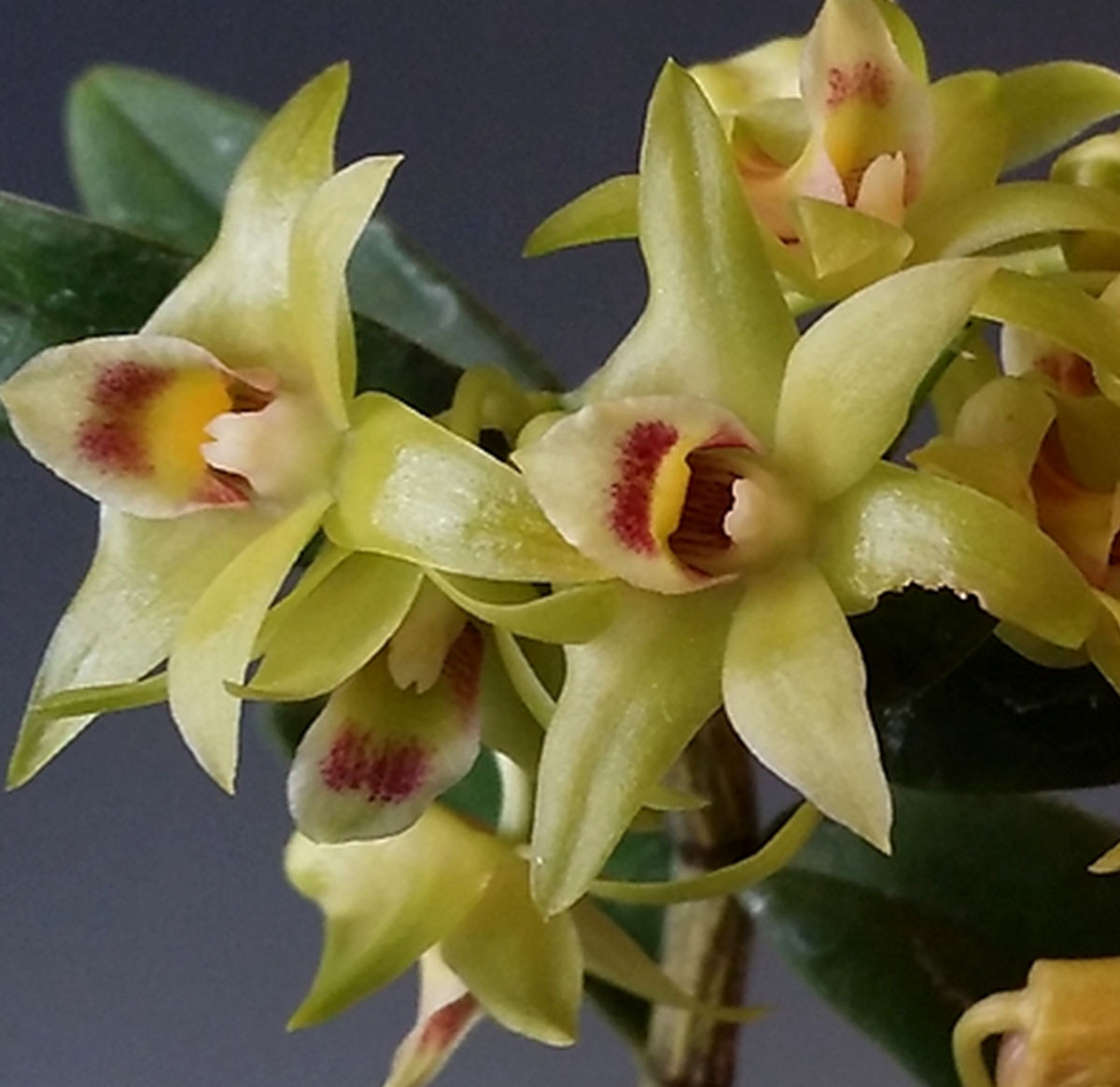
[picture by 엑스플랜트]
Hwayulseokgok Complex™ is a potent herbal remedy derived from the active ingredients of Cheolpiseokgok (철피석곡, 鐵皮石斛), scientifically known as Dendrobium candidum.
Cheolpiseokgok, a highly valued ingredient in Traditional Oriental Medicine, grows exclusively in remote cliff cracks at an altitude of 1,000 metres, making it particularly challenging to source. Due to these unique growing conditions, Cheolpiseokgok is considered a plant with extraordinary vitality in Oriental Medicine.
Additionally, this rare plant only blooms once a year, between May and June, further contributing to its and rarity and desirability. Cheolpiseokgok is known to boost collagen production, promote wound healing, and enhance skin’s resilience and elasticity.
“Hwayulseokgok Complex™” combines the active components of Dendrobium and Dendrobium Candidum Flower Yeast and appears in ingredient lists as:
Ferulic Acid, β-Sitosterol, Linoleic Acid, Rosmarinic Acid, Cedrol, Quercetin, Ursolic Acid, Tocopherol, Bifida Ferment Lysate.
⬥ Royal Cheonchohwa™ (궁중천초화™)
“Royal Cheonchohwa™” is an exclusive herbal remedy developed by The History of Whoo to support skin health and strengthen the skin’s natural defences. “Royal Cheonchohwa™” is extracted from the Hemerocallis Fulva flower, a plant commonly known as “Daylily” due to the fact that its flowers last only one day. In Oriental Medicine, Hemerocallis Fulva is celebrated for its calming and anti-inflammatory properties.

Products
Click on a product to learn more about its features
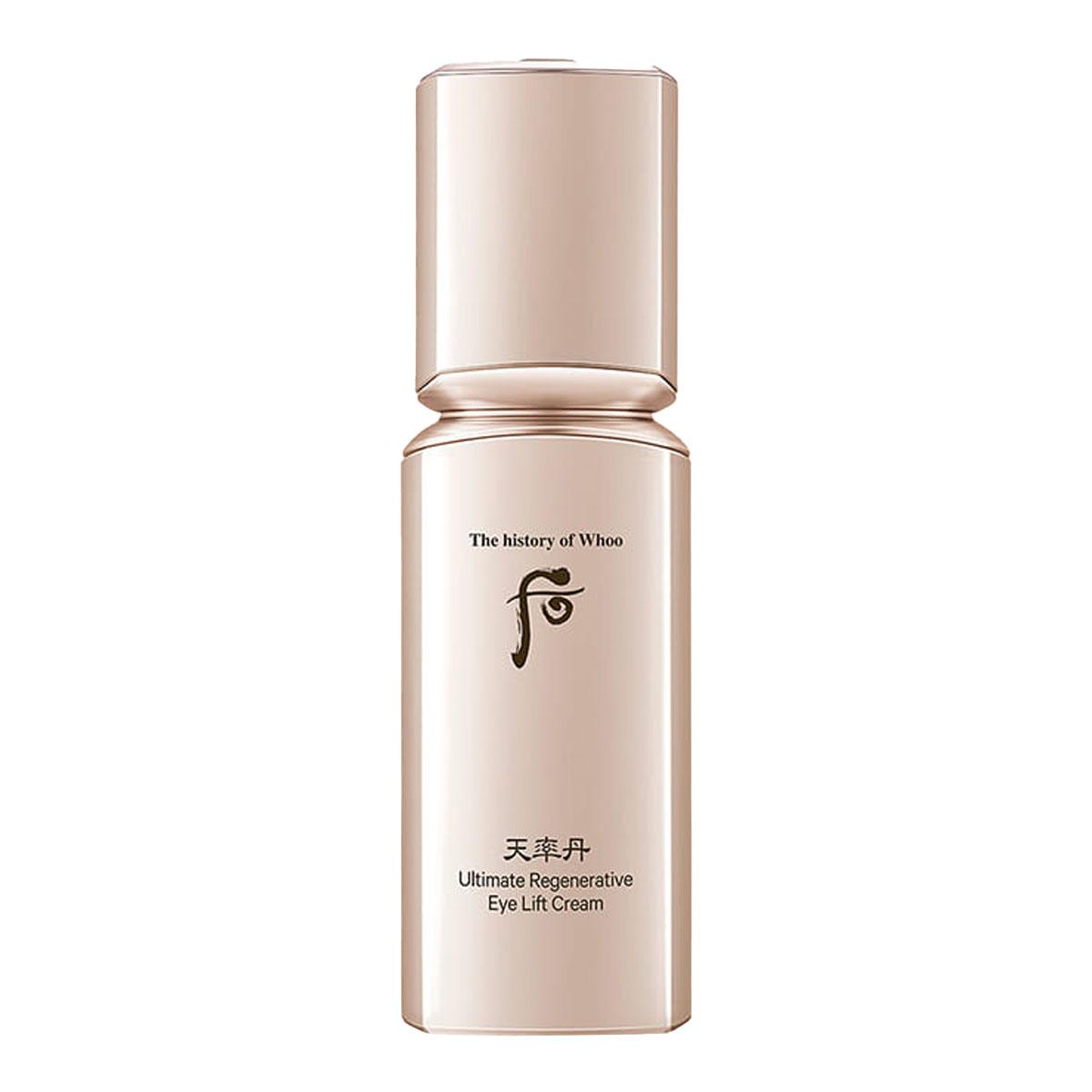
Cheonyuldan Hwayul Ultimate Regenerative Eye Lift Cream
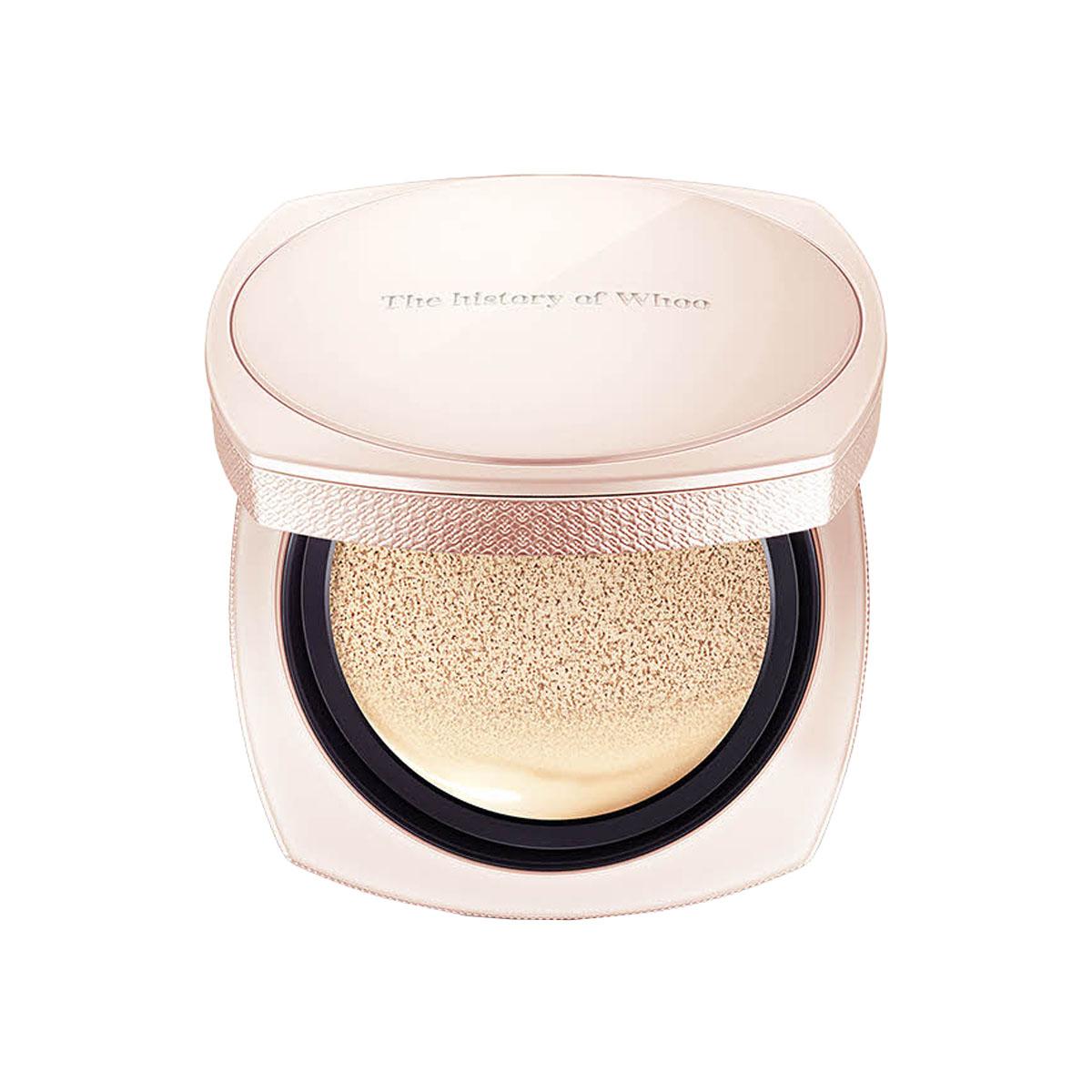
Cheonyuldan Signature Cushion Foundation SPF35+/PA++
⬥ Recommended order of use

Shop the Line
⬥ International retailers
⬥ South Korean retailers
Make sure to check out the Discount & Coupons page to access exclusive offers for major Korean skincare retailers.

Notes
1. Chen, D. (2013). “The Western Perception of Empress Dowager Cixi”. Master of Arts. University of Victoria.
2. Peng, Y. (2013). “Lingering Between Tradition And Innovation: Photographic Portraits Of Empress Dowager Cixi.” Ars Orientalis, Vol. 43.
3. State Administration of Traditional Chinese Medicine. (1995). “Advanced Textbook on Traditional Chinese Medicine and Pharmacology”. New World Press.
